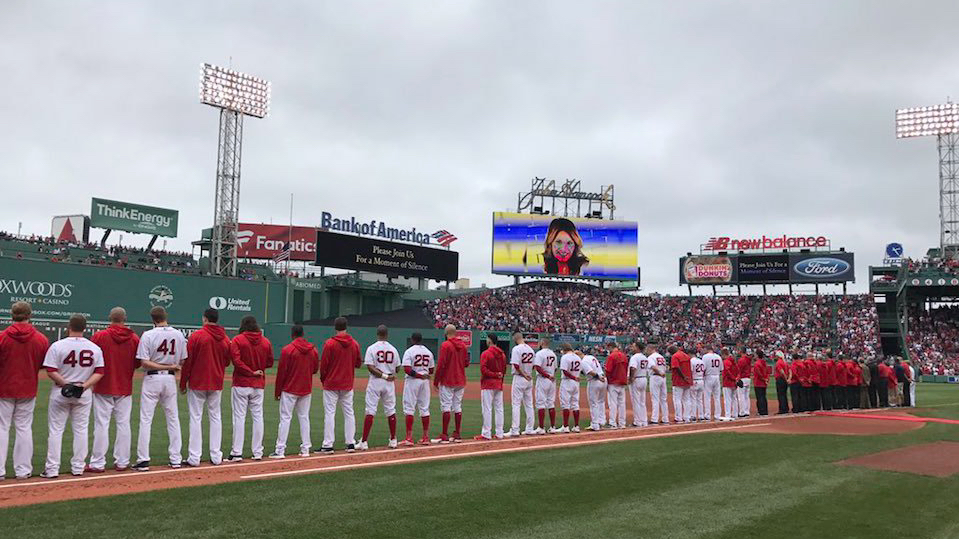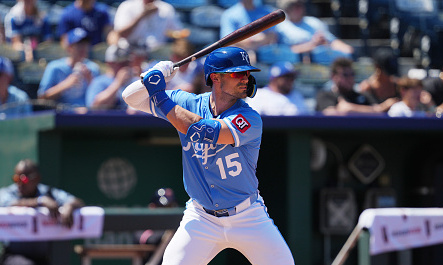With the end of the season comes the nonstop finger-pointing from the respective fan bases.
Here in Boston, it’s no different. It started when the final out of the 2016 season was recorded, lingered into the offseason, ramped up in the summer and was the center of attention yet again. That was the calling on Red Sox ownership to fire skipper John Farrell. Well, it finally has happened.
After five seasons in Boston as the manager, Farrell managed the team to a .533 winning percentage, three American League East titles (first time in franchise history accomplishing this feat in back-to-back seasons) and a World Series championship in 2013.
Farrell took over the Red Sox managerial duties after a 69-93 campaign, and guided them to a championship the next season. No, it wasn’t all because of Farrell’s doings, but he played a major part of it. He found ways to utilize a team with an aging and injury prone Shane Victorino, subpar catcher in Jarrod Saltalamacchia, “only known for his glove” guy in Jackie Bradley, Jr., offensive liability in Jose Iglesias, a man who was on the decline in John Lackey, a rotation with four question marks, and closing situation that was far from a sure thing, to its best ability. So much so, he placed second in the AL Manager of the Year voting with 96.0 vote points to Terry Francona (112.0 vote points).
Sure, it hasn’t been an easy ride from there. Two losing seasons, coupled with two straight duds in the ALDS after 93-win campaigns, certainly don’t look great. In terms of 2016, the Cleveland Indians were clearly the better team, as shown by their run to the World Series. This past season was frustrating at times, but Farrell was used as a scapegoat far too often.
Coming into 2017, no one was picking the Red Sox to win the World Series, and for good reason. Boston, despite the addition of Chris Sale, still had heaps of uncertainty surrounding its bullpen, 3-5 men in the rotation (in my eyes), and offense.
For one, the reigning AL Champions signed the top free-agent bat on the market in Edwin Encarnacion. The Red Sox lost their top bat in David Ortiz. The departure of Ortiz was something that couldn’t be prevented, it was inevitable, everyone knew it was coming. Of course, replacing Ortiz, who was the catalyst of the 2016 Red Sox offense that led the MLB in runs scored with 878, was not going to be easy.
The Red Sox strategy was simple. Build a top-tier staff, solid bullpen, insert Mitch Moreland and bank on the returning starters in the lineup to replicate their performances from last season.
Well, that plan went awry. Every returning offensive starter from last season took a major step back. Guys like Mookie Betts and Hanley Ramirez weren’t getting the pitches they were used to seeing with a long-ball threat like Ortiz in the lineup.
It was obvious this Red Sox team had a power outage at the MLB Trade Deadline this season, and did nothing to combat fans’ concerns. Eduardo Nunez was a solid pickup, but at the end of the day, he’s still just Eduardo Nunez. Flash forward a month, the waiver deadline came and went. The Houston Astros, who were already ahead of the Sox in the AL standings at the time, but could use one more starter, dealt for savvy postseason veteran Justin Verlander.
Then we get to the ALDS. The strength of the Red Sox over the past six months, pitching, turns into their weakness. Chris Sale gives up seven earned runs and Drew Pomeranz can’t make it past 2.0 innings against the same team he hurled 6.0 frames of one-run ball to pick up a win in his last outing of the regular season. The Astros outscored the entire offense just via the home run ball, 6-4. After a win in Game 3, Boston was six outs away from closing the deal in Game 4 and Craig Kimbrel gives up his first go-ahead single all season. Some things you just can’t prevent.
I’ve said it before, and I’ll say it again. Pitching in the postseason is a different monster. Throw your 22 wins, 308 strikeouts, 2.90 ERA and the rest of your reuglar season stats out the window. The Red Sox will continue to run into major concerns next season, and into the playoffs until they address two major things. Getting a solid manager (no more Bobby Valentine’s), and a 30-45 home-run threat. Get back to playing Red Sox baseball – power at DH and at the corners (1B, 3B, LF, RF).
Do I trust President of Baseball Operations Dave Dombrowski to do this? No, not really. It was back in 2013 during his tenure with the Detroit Tigers that he hired Brad Ausmus. After a 98-loss season in 2017, Ausmus no longer is with the Tigers. Furthermore, it feels Dombrowski is running the Red Sox eerily similar to how he did the Tigers – gutting the farm system, winning over 90+ games and sputtering out in the postseason.
As for the Farrell situation, it’s not easy to win a World Series every season. There are a lot worse managers out there than him, trust me when I say that. Dombrowski has to have a keen eye as his search gets underway.
Not only does Dombrowski have to step it up, so does ownership. Do they want to build a championship team or not? Are they more concerned with going over the luxury tax or winning?
The offseason is a crucial one, perhaps one of the more vital ones in this organization’s recent memory.







